
'100 Women Architects in Practice' is the title of a new RIBA publication showcasing an archipelago of female practitioners, spread across over 250 regions and five continents. The architecture book has been authored by Harriet Harriss, Naomi House, Monika Parrinder and Tom Ravenscroft.
Finding themselves in a profession plagued by apparent dualities – disconnections between the appearance and reality of architecture; between the architect and images of the architect; between women and images of women – many of the women featured set out to make visible not only the patent but the latent disparities in their immediate contexts.

‘100 Women: Architects in Practice’: an archipelago of female professionals
Common to all practitioners' modes of operation is an approach that prioritises care and repair, which can be understood as an antidote to the patriarchal forces of endless progress and consumption that characterise much of our culture today. Examples of names included are Valérie Mavoungou, Sumayya Vally, Tosin Oshinowo, Fernanda Canales, Frida Escobedo, Anupama Kundoo, and Yasmeen Lari, among many others from across five continents.

At the centre of these acts of healing is the desire by a number of practitioners to bring architecture into a more reciprocal relationship with the world; namely to remedy a prevailing division between architecture and our natural environments. Central to this is the inseparable connection between people and land, and subsequently the infrastructures they create, as evidenced by two of the seven territories of work covered by the book: ‘practice innovation’ and ‘care and connection’.

A special focus within these is given to Indigenous practices in particular – which reject the binary between architecture and landscape – and challenge Western definitions of ‘progress’ as a linear trajectory in time that revels in novelty and the ‘new’.
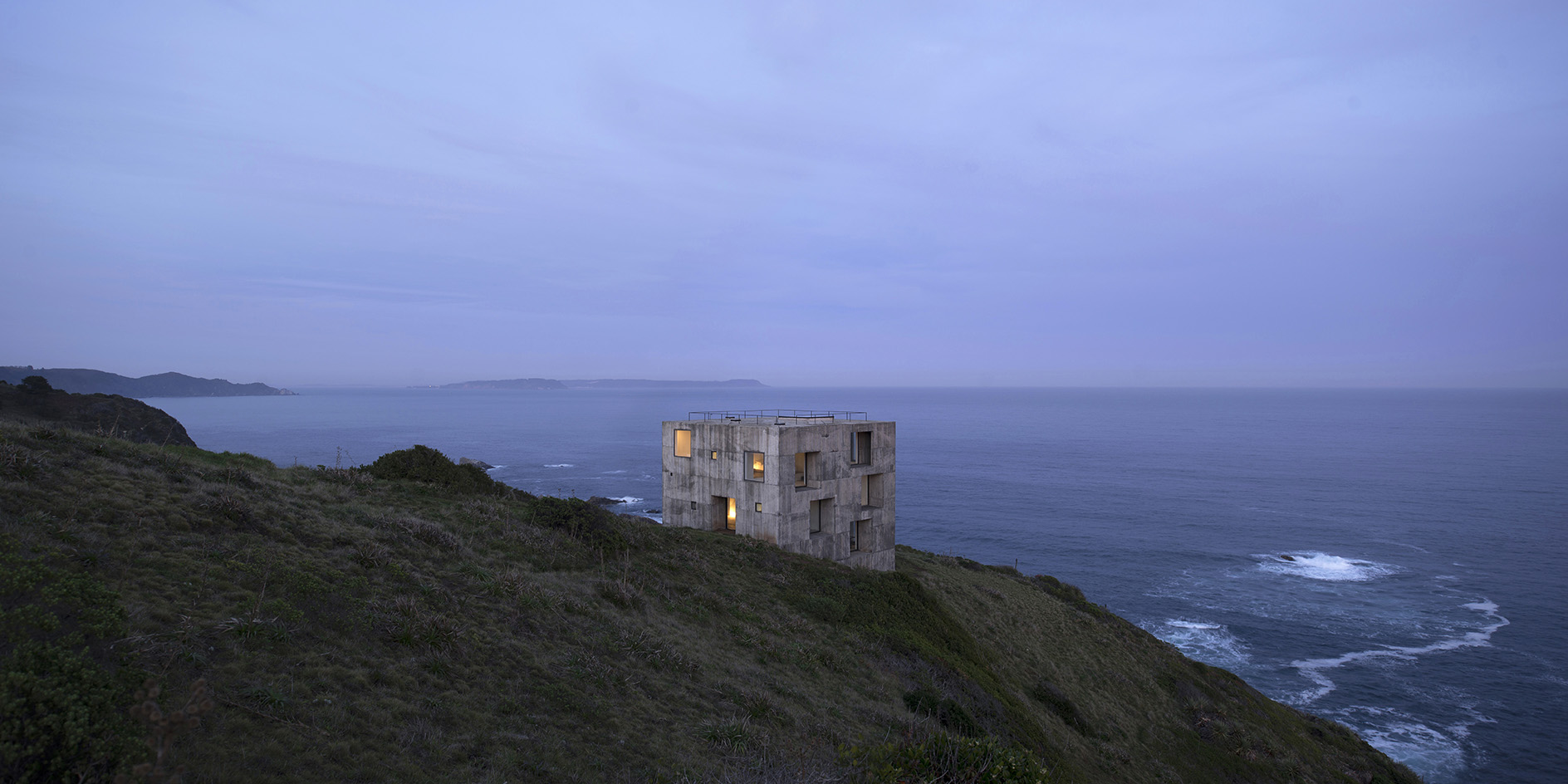
Using methodologies which retrieve historic knowledge of local materials, they attempt to operate in a more cyclical rather than linear way, as in the work of Filipino architect Cathy Saldana who emphasises the importance of combining ‘ancient, traditional strategies with cutting-edge technologies’.
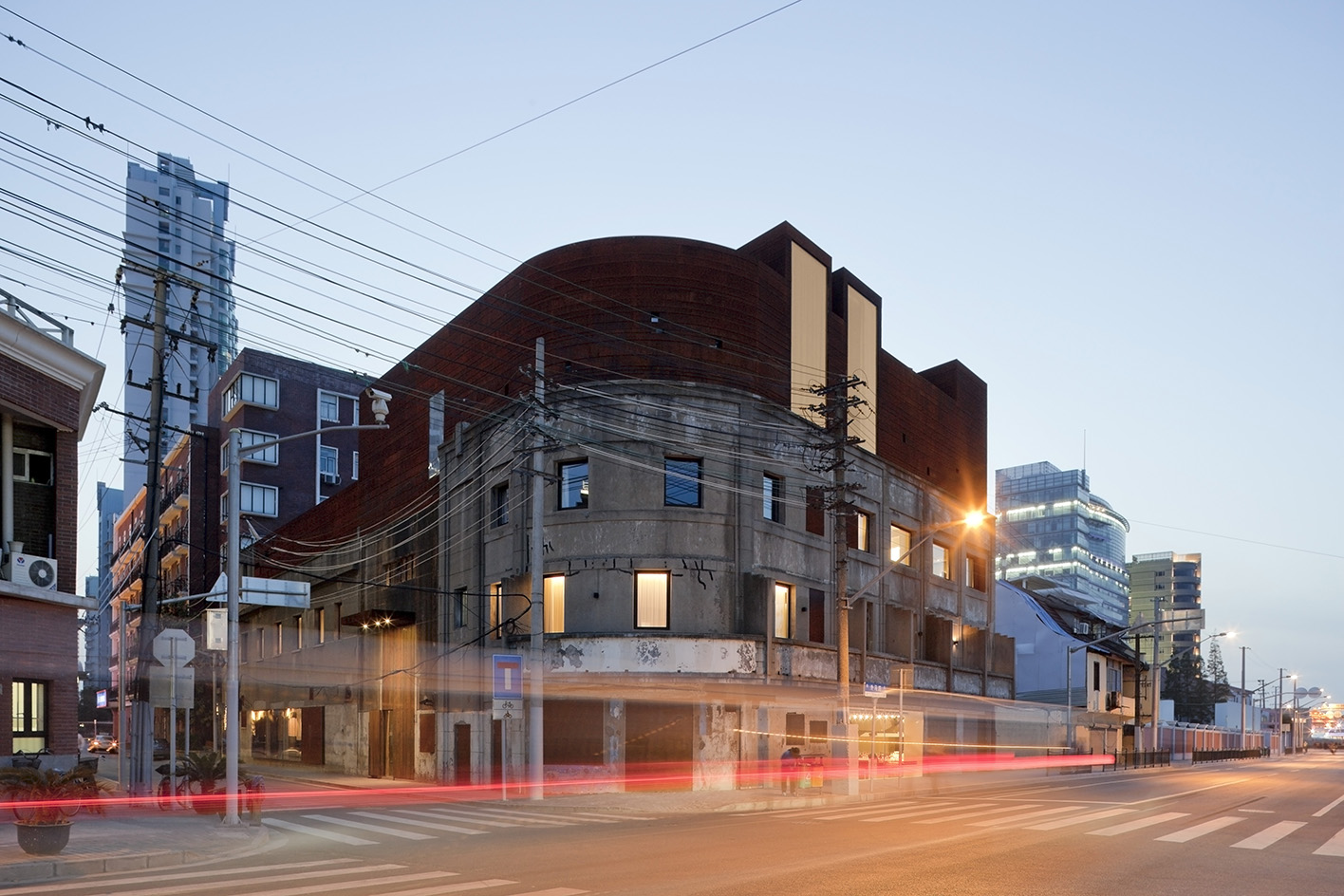
Meanwhile, Belgian architect Veronique Tavernier warns other practitioners to ‘not let aspects of their work unknowingly slip to automation, and risk losing the core skills needed in good architectural practice’.
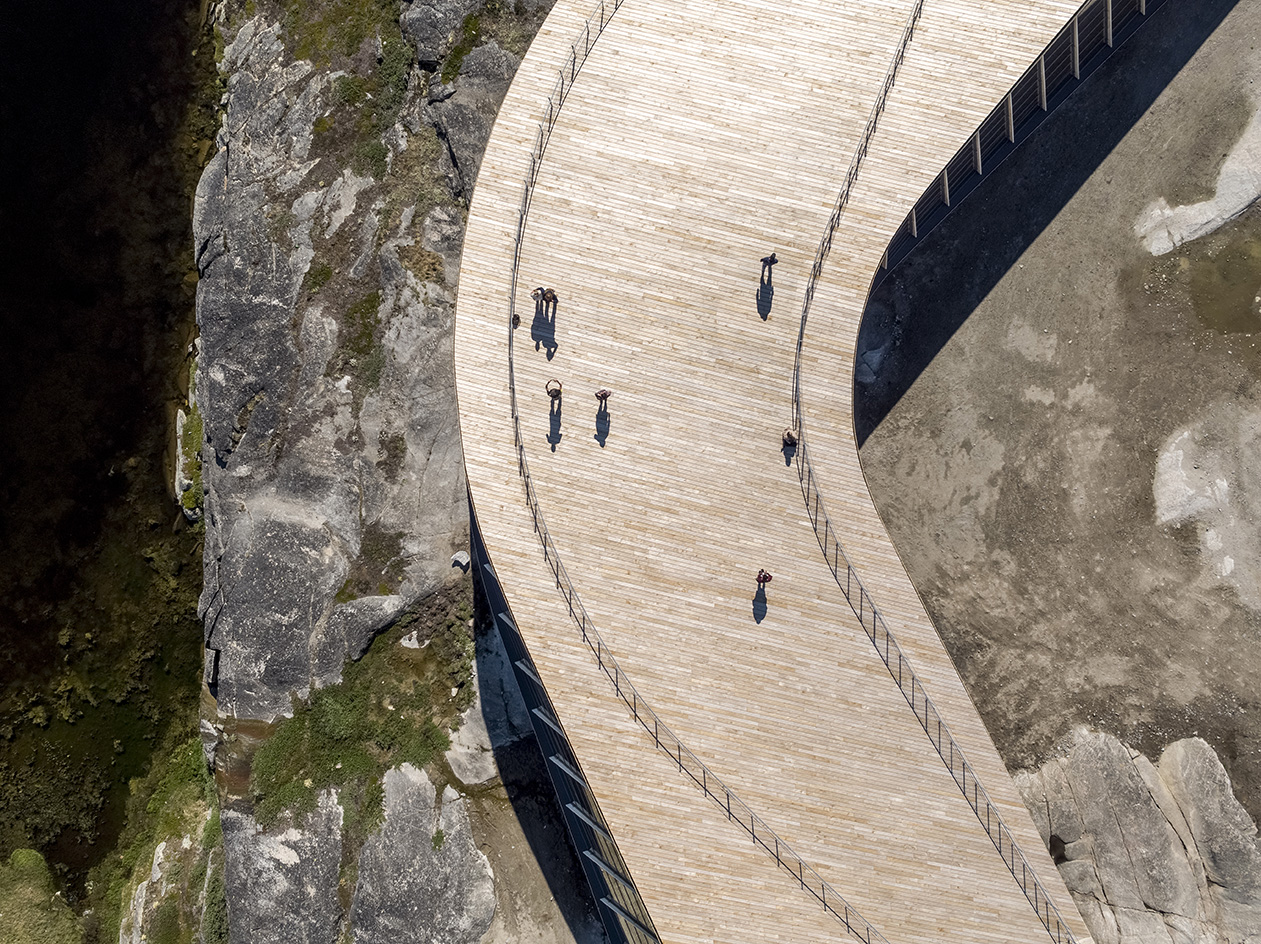
In essence, these practices seeks to heal destructive agendas of the past; fostering custodianship and care towards each other and our planet. By resetting the parameters of successful architecture, they advocate a new model of practice, going beyond reciprocity to a regenerative practice that aims to give back more than it takes.
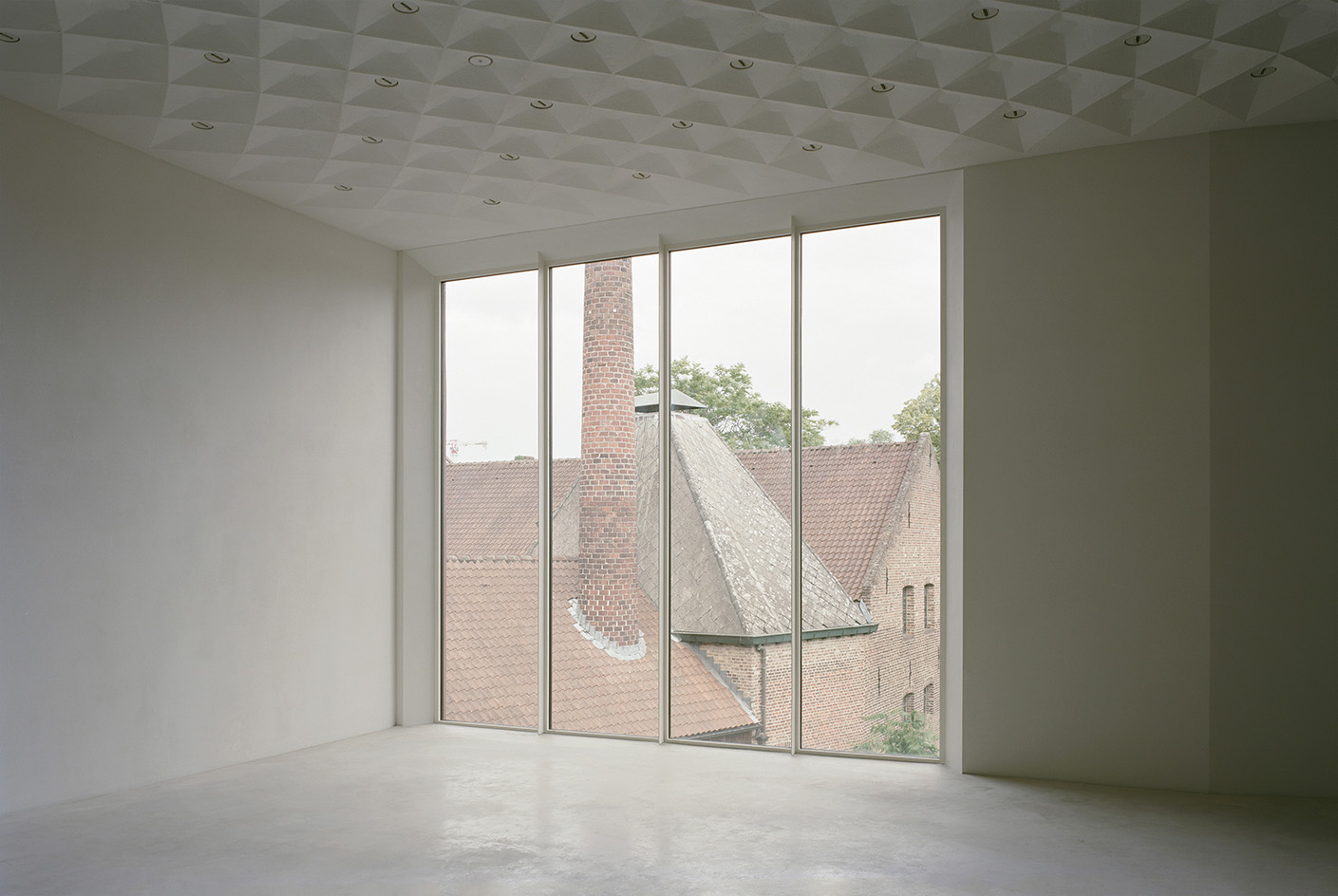
They also contribute towards a physical body of female historiographies which will no doubt constitute a much needed reference point for teachers and practitioners alike.
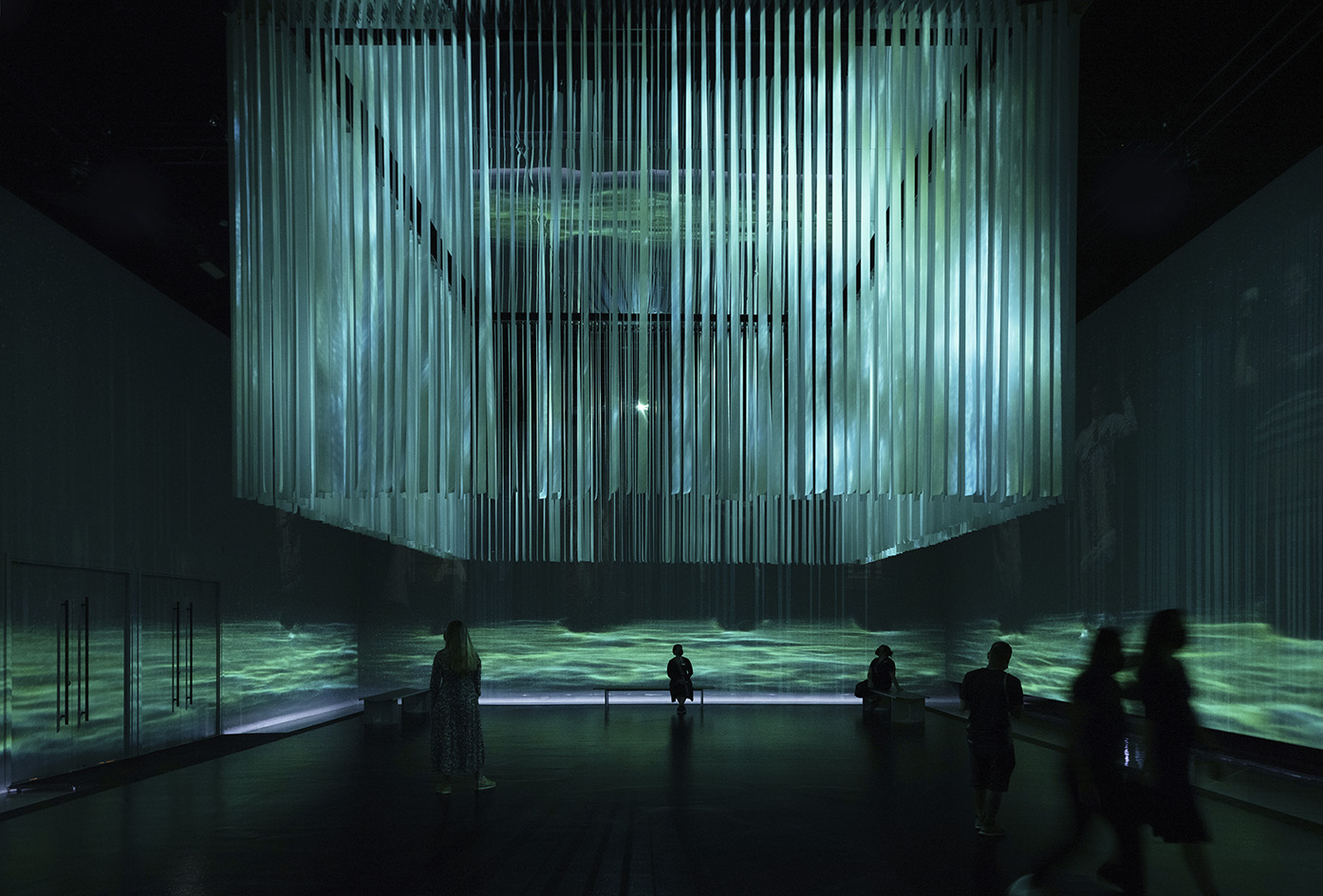
Also available from Amazon, Waterstones and Barnes & Noble




!["[T]he First and Fifth Amendments Require ICE to Provide Information About the Whereabouts of a Detained Person"](https://images.inkl.com/s3/publisher/cover/212/reason-cover.png?w=600)


